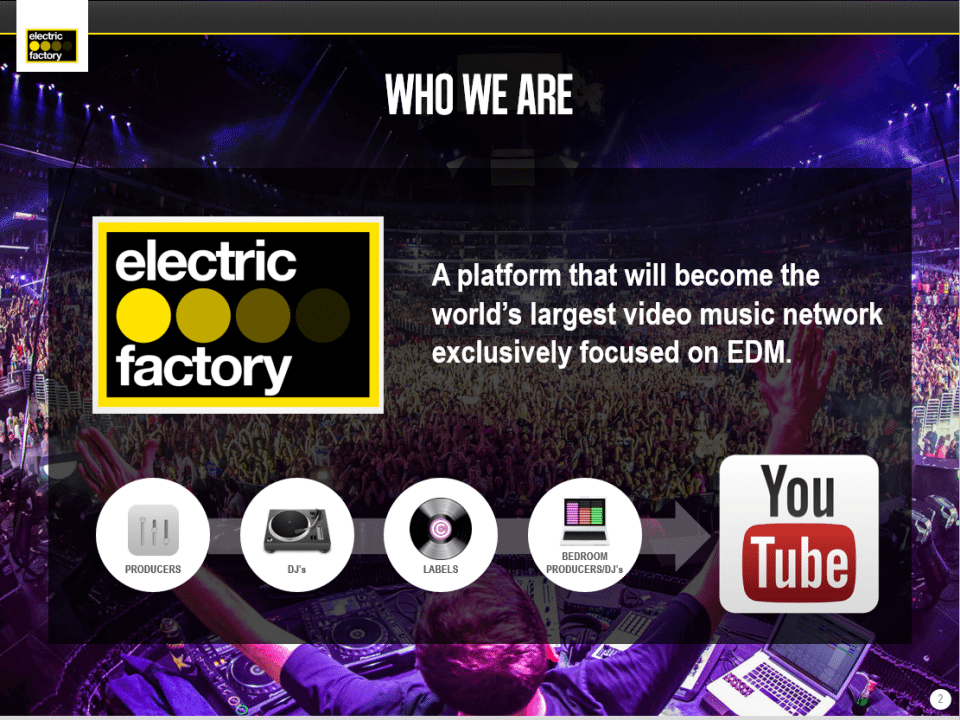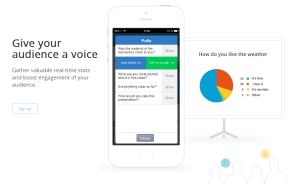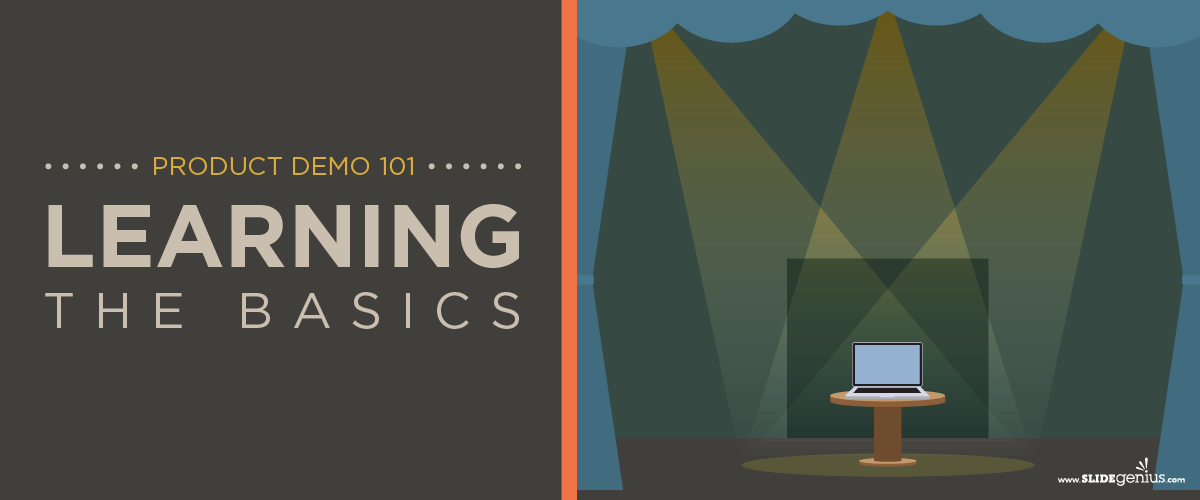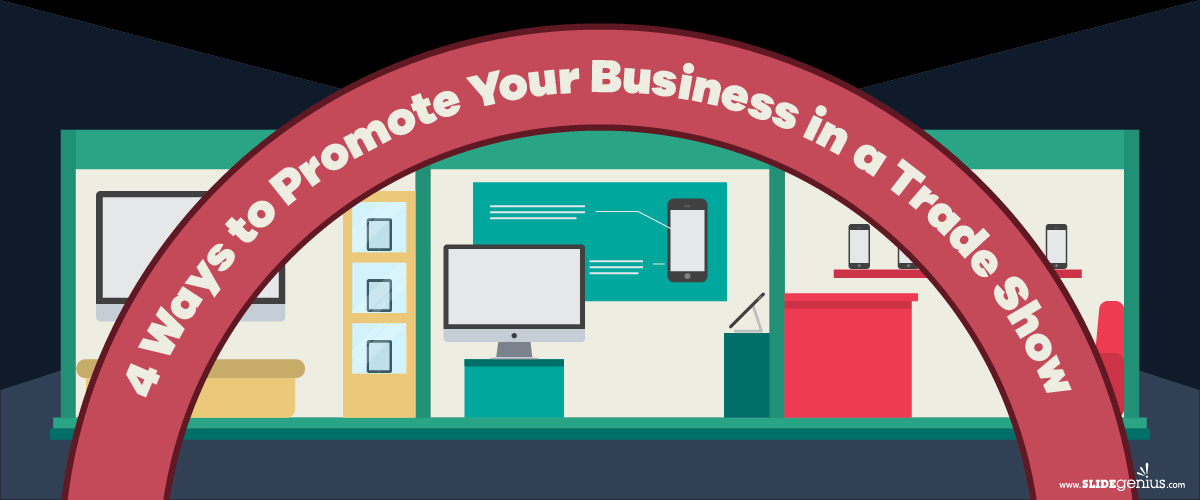
Every successful startup begins with an idea. The only way to get that idea off the ground is to have a killer pitch behind it. Depending on who you’re pitching to, there are two types of decks that need to be considered: “Pitch Decks” and “Investor Decks.”
Let’s break down the key slides they both have in common:
- Problem
- Solution
- Introductions
- Mission and Vision
- Market Opportunity
- Value Propositions
- Business Plans
While they share many similarities, there’s more going on below the surface. Thinking that pitch decks and investor decks are the same is a common misconception, leading to failed presentations. There are fine lines between pitch decks and investor decks that need to be realized to fully maximize their impact.

Knowing Your Audience
The key difference between the two is that they are each created for specific audiences.
Investor decks are for the business and financial decision-makers of companies. With that in mind, one can assume that the audience of an investor deck bears a significant amount of knowledge about starting and running a business.
Pitch decks, on the other hand, are for general audiences. Because their backgrounds and knowledge are more varied, pitch decks need to be broader and more accessible with their messaging.
Understanding your audience is the first step to delivering more effective messages.
Ask yourself: What does your audience want to hear? How does your business/product add value to their lives? In what ways do you meet their demands?
The answers to these questions will greatly vary depending on who you are talking to.
Express Value Differently
The clearer the idea you have about your audience, the more you can tailor your content and messaging to better fit their expectations. The perceived value of your presentation fully depends on what your audience is looking for.
Investors will want to a clear scope of your financial projections as well as business plans for the months after your launch.
Presenting that same kind of technical information may not be as effective within the context of a pitch deck. Whereas investors are concerned about a business’ profitability in a measurable sense, general audiences are more concerned about how a product or service can greatly benefit their daily life and the lives of others.
These skews in proposing value vary greatly across the various aspects of your presentation. Even in how you differentiate yourself against competitors, it all should fall within the same criteria that most concerns your target audience.

Tell Your Story
Every great pitch needs a narrative. Structuring your presentation with a narrative greatly increases the impact it makes on your audience.
Consider the 3-act narrative structure. Act 1 is your setup. Your opening slides should create context for what you’re about to pitch. “What problems need to be solved?” “What things can be done better to improve lives?” Proposing questions like these create a natural segue into the next act of your story.
Act 2 is “confrontation.” This refers to your business’ action in solving the problems proposed in Act 1. This is where you go into the finer details of what you have to offer.
Act 3 is the resolution. This ties the information together summarizing the points that make your products or services so special.
This simple structure guides the attention and interests of your audience regardless of their background or knowledge. It taps into every human’s innate interest in listening to stories reach their conclusions.
We Are SlideGenius, Your Valuable Partner
As a start-up design company since 2012, we know the value of a well-made PowerPoint presentation. Through our hard work in presentation design, we’ve helped our clients in growing their business in big ways.
From our artists, writers, web developers, animators, and project managers, we all come together with a shared passion for being an invaluable spark towards business growth. The thousands of slides and presentations we’ve created have all been part of our pursuit of being better designers and storytellers.
At SlideGenius, we are eager to be a valuable partner to all who needs our services during this challenging time. Contact us today for all your presentation needs!





























